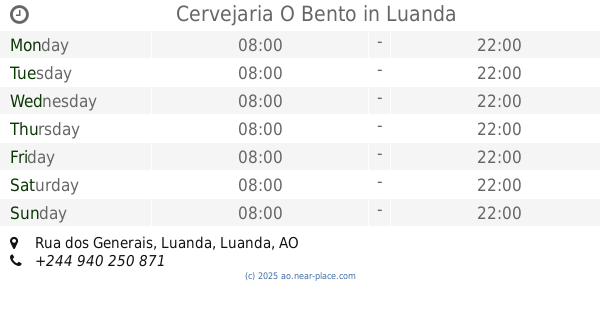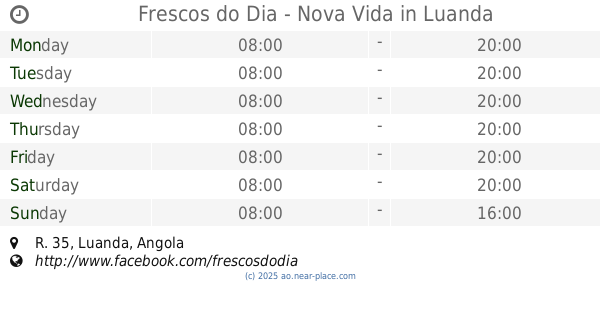Luanda
Administrative Region:
population:
calling code:
postcode:
Location on the map of Angola

The history of Luanda began in 1575, when the Portuguese colonizer Paulo Dias de Novais founded a settlement here called São Paulo da Luanda. At the same time, he built a fortress of São Miguel on a rocky cape, to protect the city from attacks. Luanda became the center of the Portuguese colonial administration and trade in Angola, especially the slave trade, which lasted until the 19th century. In 1641, the city was captured by the Dutch, but in 1648 it returned under the control of Portugal. In the 19th century, Luanda experienced economic development and modernization, becoming one of the most important ports in Africa. In the 20th century, Luanda became the center of the national liberation movement against the Portuguese oppression, which led to the independence of Angola in 1975. Since then, Luanda has been the capital of Angola and the largest city in the country, which survived the civil war, the peace process and rapid growth.
Luanda has many attractions that reflect its history, culture and nature. Among them are the following:
- The fortress of São Miguel - the oldest building in the city, which served as a military base, prison, warehouse and museum. Now it houses the National Museum of Military History, where you can see a collection of weapons, uniforms, documents and other exhibits related to the history of Angola.
- The National Museum of Slavery - a museum dedicated to the tragic chapter in the history of Luanda and Angola, when millions of Africans were exported into slavery across the Atlantic Ocean. The museum is located in a former chapel, where slaves were baptized before being sent to the ships. In the museum you can learn about the life and fate of the slaves, as well as the impact of slavery on the culture and society of Angola.
- The National Museum of Anthropology - a museum that presents the diversity of the peoples and cultures of Angola. In the museum you can see a collection of masks, costumes, jewelry, musical instruments, household items and art, which demonstrate the traditions and customs of different ethnic groups of Angola.
- The Luanda Bay - one of the most popular places for walking and relaxing in the city. The bay stretches along the coast of the Atlantic Ocean and is decorated with palm trees, fountains, sculptures and monuments. Here you can enjoy the view of the ocean, visit cafes and restaurants, watch the life of the city and its people.
- The island of Mussulo - a beautiful island with white sandy beaches and crystal clear water, which is located 30 km from Luanda. It is an ideal place for swimming, sunbathing, surfing, fishing and other water sports. On the island you can also find hotels, bungalows, bars and restaurants, where you can relax and try the local cuisine.
Luanda is a city that deserves the attention and interest of those who want to learn more about Angola and its people. Luanda is a city with a dynamic present and a rich past, which combines the African spirit and the European heritage, which offers many opportunities for learning and entertainment.






























